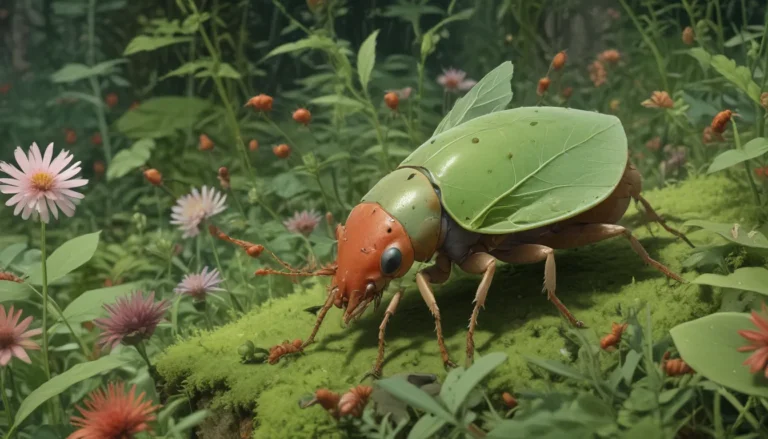Comprehensive Guide on How to Identify Begonias Using Leaves and Stems

If you were to embark on a leisurely stroll across the equatorial region, exploring the diverse tropical and subtropical areas, you might encounter around 2,000 begonia species thriving in their natural environments.
From misty oceansides to high-elevation forests, these plants hail from an array of climates, making them a fascinating subject for exploration. However, distinguishing between different types of begonias can be challenging even for experts, let alone for everyday gardeners.
Fear not! We are here to help you unravel the mystery of identifying begonias based on key characteristics found in their leaves and stems. By examining the foliage and stems of these flowering plants, you can confidently narrow down their classification without requiring expert botany knowledge.
Here’s what we’ll discuss to empower you with the knowledge you need:
Understanding the Different Types of Begonias
- Fibrous Rooted
- Cane-Like
- Semperflorens
- Shrub
- Thick-Stemmed
- Trailing-Scandent
- Rhizomatous
- Rex
- Tuberous
- Augustia
- Bolivian
- Elatior
How to Classify Begonias Based on Their Leaves
Waxy Texture
Plants displaying thick, waxy leaves are generally categorized as wax types, lending them a distinctive appearance. However, rhizomatous species or thick-stemmed fibrous types may also exhibit similar leaf textures.
Silvery Spots, Lines, or Marks
The presence of silvery markings on leaves often indicates fibrous cane-like or thick-stemmed types, as well as certain rhizomatous varieties such as rex begonias.
Angel-Wing Shape
If the leaves resemble angel wings seen in classic paintings, they likely belong to rhizomatous, cane-like types such as B. aconitifolia or B. maculata hybrids.
Fern-Like Leaves
Begonias with fern-like foliage, such as B. bipinnatifida, thrive in hot, humid environments and are well-suited as terrarium plants due to their unique appearance.
Strappy Leaves
Narrow, strappy leaves reminiscent of lilies or grass are characteristic of rhizomatous species like B. herbacea and B. lanceolata, providing a distinct visual appeal.
Peltate Leaves
Leaves with a peltate shape, resembling tiny umbrellas with the petiole attached to the underside, are observed in rhizomatous begonias like B. leprosae or B. sudjanae.
Palmate Leaves
Begonias with palmate leaves resembling the palm of a hand with multiple finger-like leaflets can include fibrous, tuberous, or rhizomatous varieties, ranging from B. aconitifolia to rex hybrids.
Exploring the Diversity of Begonias
With an extensive range of begonia species to discover, each exhibiting unique characteristics in their foliage and stems, navigating the world of begonias can be a rewarding journey. By examining roots, stems, and leaves, you can unlock the secrets hidden within these captivating plants.
In your begonia identification quests, remember to observe the leaves and stems closely, noting any distinctive features that set them apart. Sharing your botanical explorations with fellow enthusiasts can foster a sense of community and knowledge sharing in the realm of gardening.
Stay curious and keep exploring the diverse world of begonias, each plant offering a glimpse into the intricate beauty of nature’s creations. Happy identifying!
If you’re ready to delve deeper into the realm of begonias, consider exploring our additional guides:
- How to Grow Begonias as Houseplants
- How to Overwinter Begonias
We hope you’ve found this guide informative and inspiring on your begonia journey. Feel free to share your experiences and seek guidance in the comments section. Let’s continue uncovering the wonders of begonias together!
*Images by Kristine Lofgren





